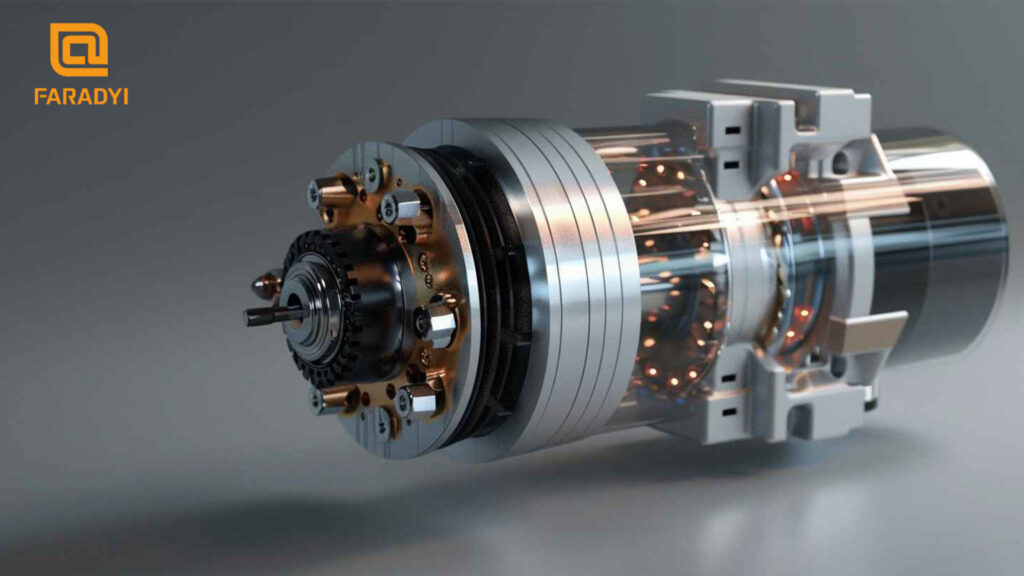To use tooth flux as the working flux of brushless DC motor, it is necessary to conduct some quantitative analysis on tooth magnetic induction intensity and find out some quantities related to tooth flux density and their mutual relationship so as to serve as the basis for judgment and design analysis when designing brushless DC motor. The following is some analysis on the relationship between the relevant data of motor magnet, stator and punching sheet and tooth flux density to find out the tooth flux density of brushless DC motor and draw some relevant conclusions.
- Punching sheet remains unchanged, length changes, and tooth flux density remains almost unchanged.
- Changing tooth width, tooth width is inversely proportional to tooth flux density, and the error is very small.
- Changing magnet material, tooth flux density is proportional to magnet remanence, and the error is within the design compliance rate.
- Under the condition of unsaturated tooth flux density, the tooth flux density does not change much when the punching sheet material is changed.
- The shape of punching sheet magnet is enlarged proportionally, and the motor magnetic circuit performance, air gap flux density and tooth flux density remain almost unchanged.
- The change of other shapes of the punching sheet does not have a significant impact on the tooth flux density.
- The tooth flux density, motor torque constant and rated operating point are basically the same for different shapes of surface-mounted magnets.
The above simple relationship between the relevant data of the brushless DC motor and the tooth flux density provides great help in analyzing the change of tooth flux density and the practical design of brushless DC motors.






